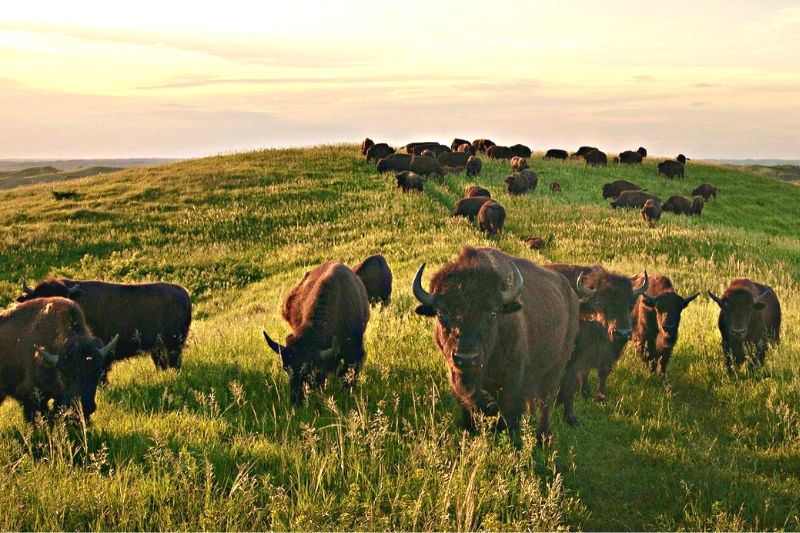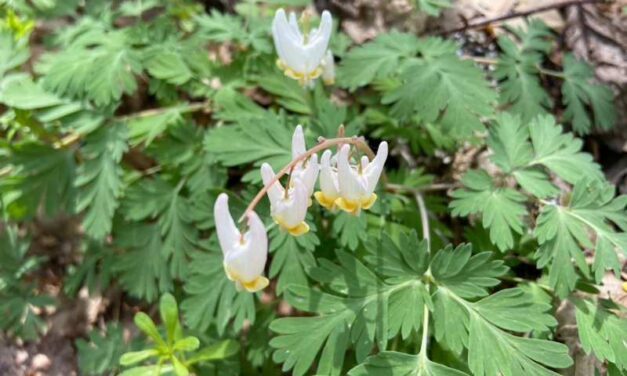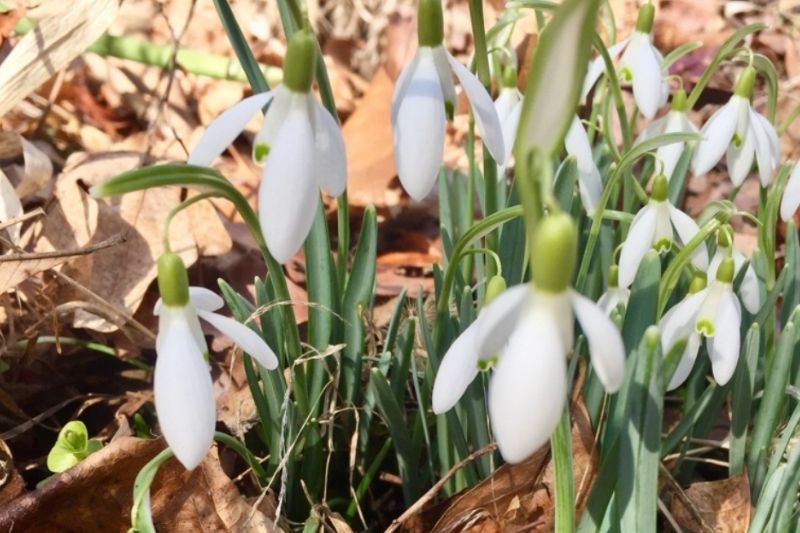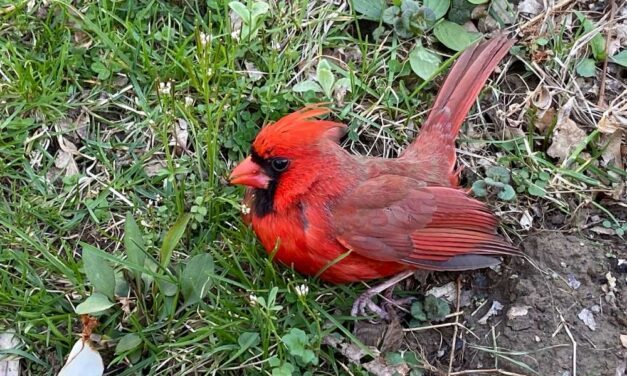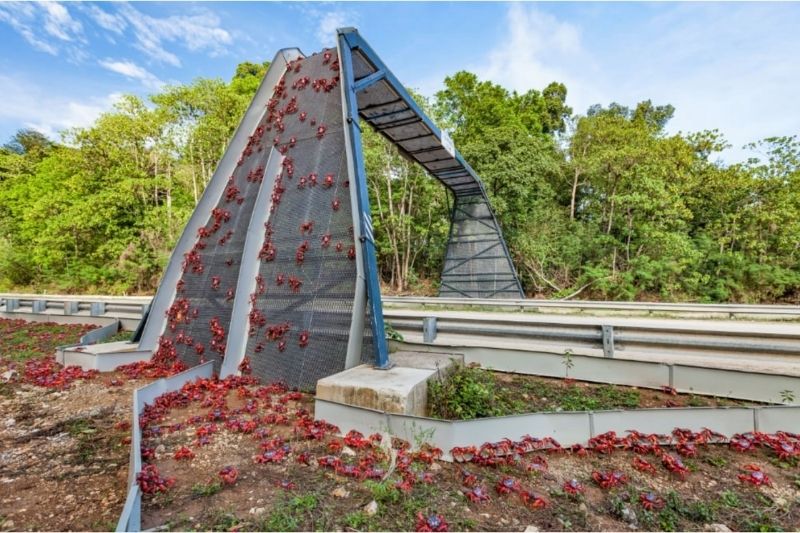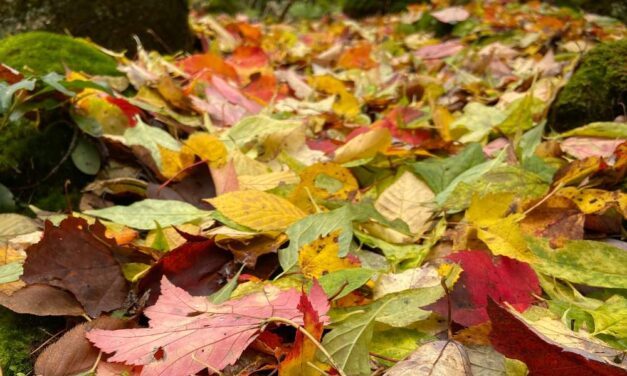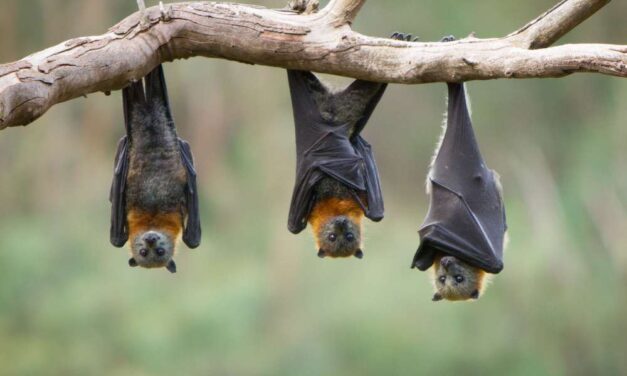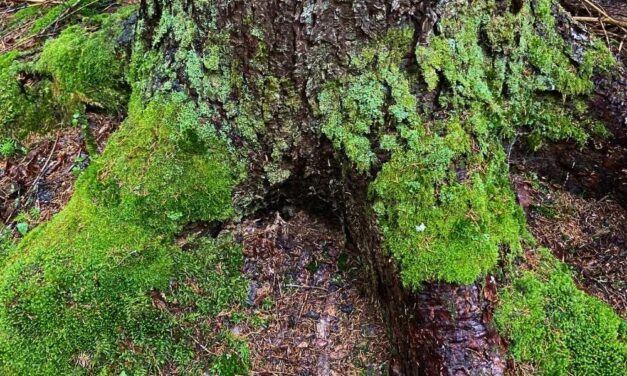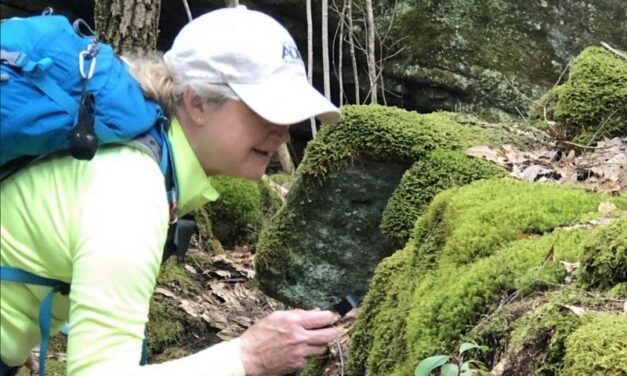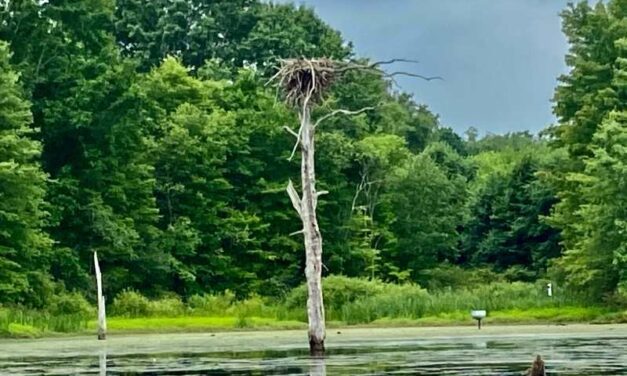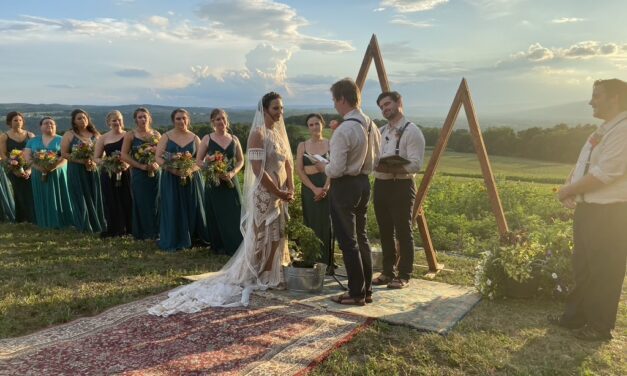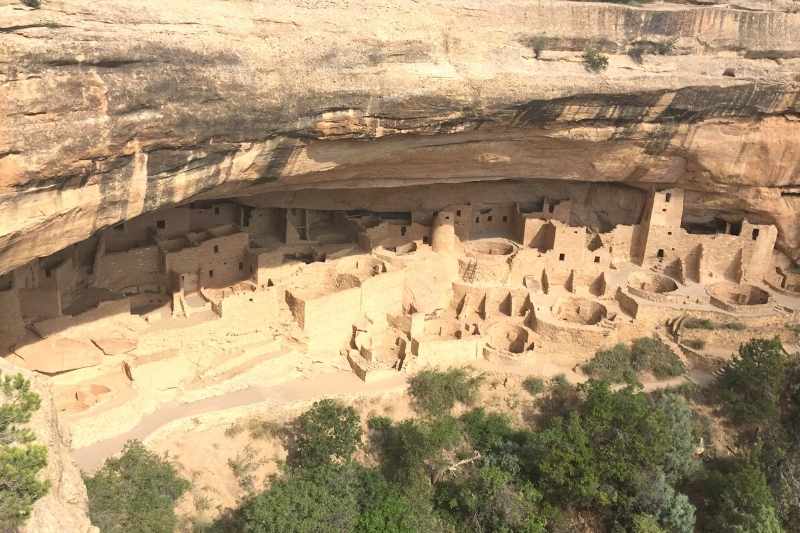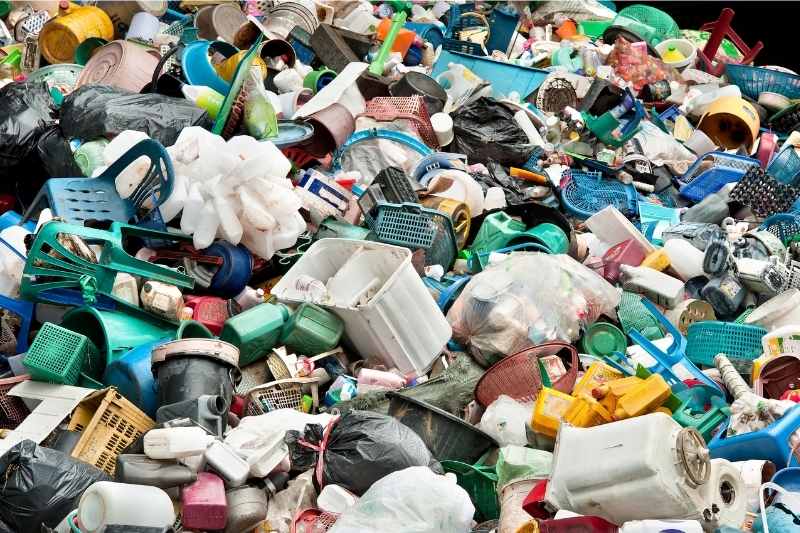Tag: biodiversity
Protecting Biodiversity Around the World
Discover why protecting biodiversity and promoting climate resilience are so important. Then learn more about climate corridors near you!
Read MoreJoyful Signs of Spring in the Forest
In the northeast, mid-Atlantic spring has sprung, and telltale signs of spring are revealing themselves everywhere.
Read MoreIt’s Spring! Time to Get Outside and Explore
Spring is in the air! Get outside and revel in the sights and sounds of nature stirring back to life after a long winter.
Read MoreJoin This Year’s Christmas Bird Count!
The Christmas Bird Count is a beautiful way for families and friends to get outside over the holidays and participate as citizen scientists.
Read MoreHow Wildlife Bridges Connect Natural Habitats Together
Wildlife bridges or “green” bridges are reducing the number of wildlife-related traffic incidents and providing safe pathways for animals.
Read MoreDiscover the Ecological Wonders of Leaf Litter
Your yard might look unkempt and messy, but leaf litter is full of life! Discover how leaves create a natural habitat for pollinating insects.
Read MoreWinged Wonders: Unveiling the Secrets of Bats
Learn important facts that make bats the rockstars of Halloween. Dive into the mysteries of these nocturnal wonders!
Read MoreDig into the Marvels and Mysteries of Moss
Moss is the simplest and most primitive of all plants, yet their importance can’t be understated. Discover the wonders and mysteries of moss.
Read MoreA Bioblitz is a Great Way to Learn What is Living Near You
Want to know more about plants, insects, animals, birds, fungi, or trees near you? A bioblitz is fun way to identify life around you.
Read MoreForest Snags: Dead or Full of Life?
Forest snags are an essential part of our ecosystem. These wildlife trees make up to 10-20 percent of forest canopies.
Read MoreGoing Green: A Sustainable Wedding Celebration
Discover how an environmentally conscientious couple planned a sustainable wedding without sacrificing their bohemian fairy garden theme.
Read MoreAn Insider’s Guide to Exploring Mesa Verde National Park
The cliff palaces, tools, pottery, family life, and topography of Mesa Verde National Park will spark your curiosity to discover more.
Read More
Recent Posts
-

-

-

-
 Decadent Chocolate and Strawberry TartJul 1, 2025
Decadent Chocolate and Strawberry TartJul 1, 2025 -
 Creamy Banana “Nice Cream”Jul 1, 2025
Creamy Banana “Nice Cream”Jul 1, 2025

